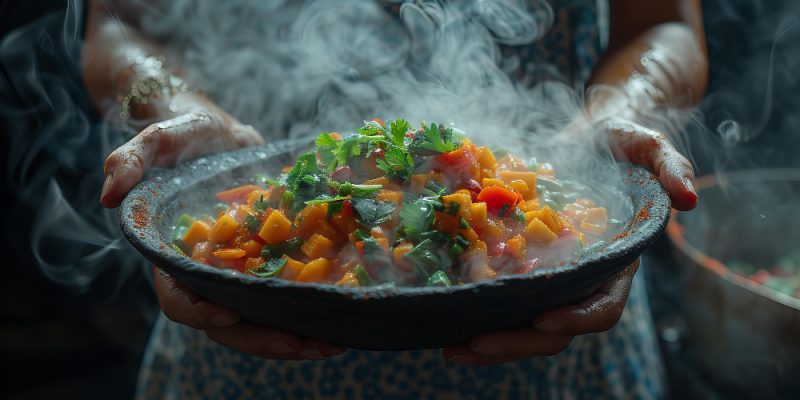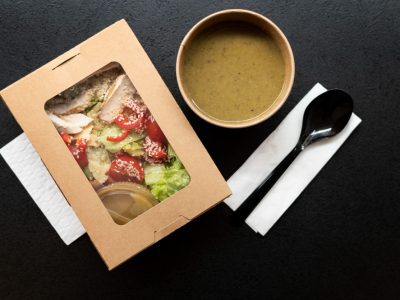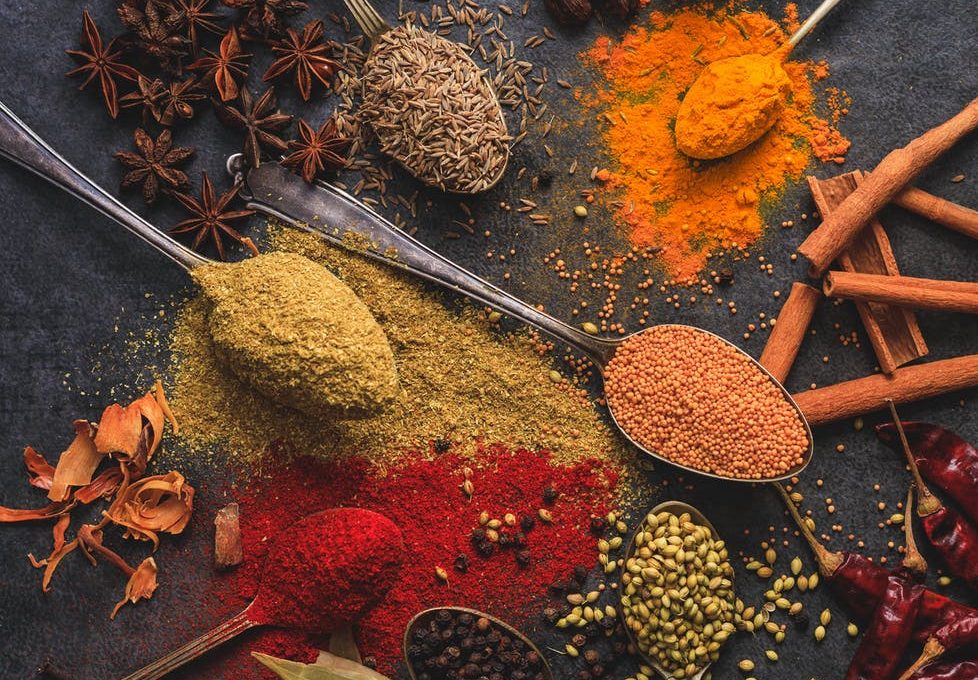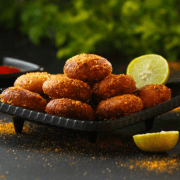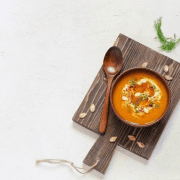Introduction to Traditional Cooking Methods and History
In an era dominated by modern culinary technology and convenience-driven food preparation, a fascinating counter-movement is gaining momentum: the resurgence of traditional cooking methods. These time-honored techniques, passed down through generations, are making a significant comeback in home kitchens and even professional culinary spaces. This revival isn’t merely a nostalgic yearning for the past; it’s driven by a deeper appreciation for the nuanced flavors, nutritional benefits, and sustainable practices inherent in these age-old approaches to food preparation. Traditional cooking methods often involve slower, more deliberate processes that allow ingredients to meld and develop complex flavor profiles that are often lost in quick, modern cooking. From the smoky char of open-fire grilling to the gentle tenderness achieved through slow cooking in earthenware, these techniques offer a sensory experience that goes beyond mere sustenance.
Historically, traditional cooking methods were born out of necessity and a close relationship with available resources. Techniques like fermentation, preservation through salting and drying, and cooking over natural heat sources were essential for survival and maximizing the use of seasonal produce. These methods are deeply intertwined with cultural heritage, reflecting the unique culinary identities of different regions and communities. The recent interest in traditional cooking methods is fueled by several factors, including a growing awareness of the environmental impact of modern food production, a desire for more authentic and flavorful meals, and a recognition of the potential health benefits associated with these practices. Furthermore, the rise of food delivery platforms like HOGR delivery is creating a demand for unique and high-quality food experiences, prompting chefs and home cooks alike to explore and offer dishes prepared using these traditional cooking methods. This revival signifies a conscious effort to reconnect with our culinary roots and embrace a more mindful and sustainable approach to food.
A Guide to Traditional Cooking Methods and Ancient Cooking Techniques
Exploring the world of traditional cooking methods unveils a rich tapestry of techniques and philosophies that have shaped culinary traditions across the globe. These ancient approaches, often relying on simple tools and natural elements, offer a profound connection to the ingredients and the process of food preparation.
Old-Style Cooking
Old-style cooking encompasses a wide range of cooking methods that predate modern appliances and often emphasize resourcefulness and patience. Techniques like wood-fired baking, where bread and other dishes acquire a distinctive smoky flavor and crust, are experiencing a renewed appreciation. Slow cooking in cast iron pots over low heat, allowing tough cuts of meat to become incredibly tender and flavorful, is another hallmark of old-style cooking. Preservation techniques, such as pickling, fermenting, and smoking, which were crucial for extending the shelf life of seasonal ingredients, are also being rediscovered for their unique flavors and health benefits. These cooking methods often require a deeper understanding of ingredients and how they react to different heat sources and cooking times. The emphasis is on allowing natural flavors to develop slowly and fully, resulting in dishes with a depth and complexity that is hard to achieve with faster modern techniques. Even simple methods like sun-drying fruits and vegetables, a practice dating back centuries, are being revisited for their ability to concentrate flavors and nutrients. The resurgence of old-style cooking reflects a desire to slow down the culinary process and appreciate the art of patient preparation. Platforms like HOGR delivery are seeing an increasing demand for dishes prepared using these cooking methods, as consumers seek out the unique flavors and textures they offer.
Heritage Cooking
Heritage cooking focuses on preserving and celebrating the cooking methods and recipes that are specific to a particular culture, region, or family. It’s about more than just following a recipe; it’s about understanding the history, traditions, and stories behind the food. Techniques like cooking in clay pots or tagines, which impart a unique earthy flavor to dishes, are central to many heritage cuisines. The use of specific spice blends and traditional tools passed down through generations are also integral to heritage cooking.
This approach often emphasizes seasonal and locally sourced ingredients, reflecting the agricultural practices of a particular region. The revival of heritage cooking is driven by a desire to maintain cultural identity and share authentic culinary experiences. Family recipes and cooking methods that were once confined to the home are now finding their way into the broader culinary landscape, often through passionate home cooks and small-scale food businesses. Platforms like HOGR delivery provide an avenue for these individuals to share their heritage cooking with a wider audience, offering consumers a taste of authentic cultural traditions. The focus is on preserving not just the techniques but also the stories and the spirit of these culinary legacies.
Ancestral Cooking
Ancestral cooking delves even deeper into the past, exploring the cooking methods and ingredients used by our ancestors, often before the advent of modern agriculture and processed foods. This approach often involves techniques like cooking over open fires or in earth ovens, utilizing whole, unprocessed ingredients, and embracing fermentation as a key preservation and flavor-enhancing method. Ancestral cooking often emphasizes a close connection to nature and a deep understanding of how to utilize available resources sustainably. Techniques like foraging for wild ingredients and using animal fats for cooking are also part of this approach in some cultures.
The interest in ancestral cooking is driven by a desire to reconnect with more natural and potentially more nutrient-dense ways of eating. It also reflects a growing awareness of the impact of modern food systems on our health and the environment. While replicating ancestral cooking exactly can be challenging in a modern context, the principles of using whole foods, minimizing processing, and embracing traditional cooking methods are increasingly being adopted by health-conscious individuals and chefs. Even subtle adaptations of ancestral cooking methods can add unique flavors and textures to contemporary dishes, creating a bridge between the past and the present. The growing interest in these primal cooking methods is also reflected in the diverse offerings available through platforms like HOGR delivery, where consumers can find dishes prepared with a nod to these ancient techniques.
Summary
The comeback of traditional cooking methods signifies a profound shift in our relationship with food. It’s a move away from purely efficiency-driven cooking towards a more mindful and flavorful approach that honors both our culinary heritage and the quality of ingredients. These cooking methods, encompassing old-style cooking, heritage cooking, and ancestral cooking, offer a wealth of techniques that can enhance the taste, nutritional value, and sustainability of our meals. From the smoky depths of wood-fired ovens to the slow, gentle simmer of clay pots, these time-tested approaches provide a unique sensory experience that modern technology often cannot replicate.
The growing appreciation for these cooking methods is evident in home kitchens and professional culinary spaces alike, with chefs and home cooks rediscovering and reinventing classic techniques. Platforms like HOGR delivery are playing a crucial role in this revival by providing a marketplace for dishes prepared using these traditional cooking methods, connecting culinary artisans with consumers eager for authentic and flavorful food experiences. This resurgence is not just a fleeting trend; it represents a deeper cultural shift towards valuing authenticity, sustainability, and the rich tapestry of our global culinary past. By embracing these cooking methods, we not only create more delicious and nourishing food but also contribute to the preservation of invaluable cultural traditions for generations to come.
A food enthusiast and a blogger – someone who likes to eat and write about it. I’m passionate about exploring different cuisines and challenging my palette. I give into my food craving regularly and am often on the hunt to find my new favorite food place in town.
